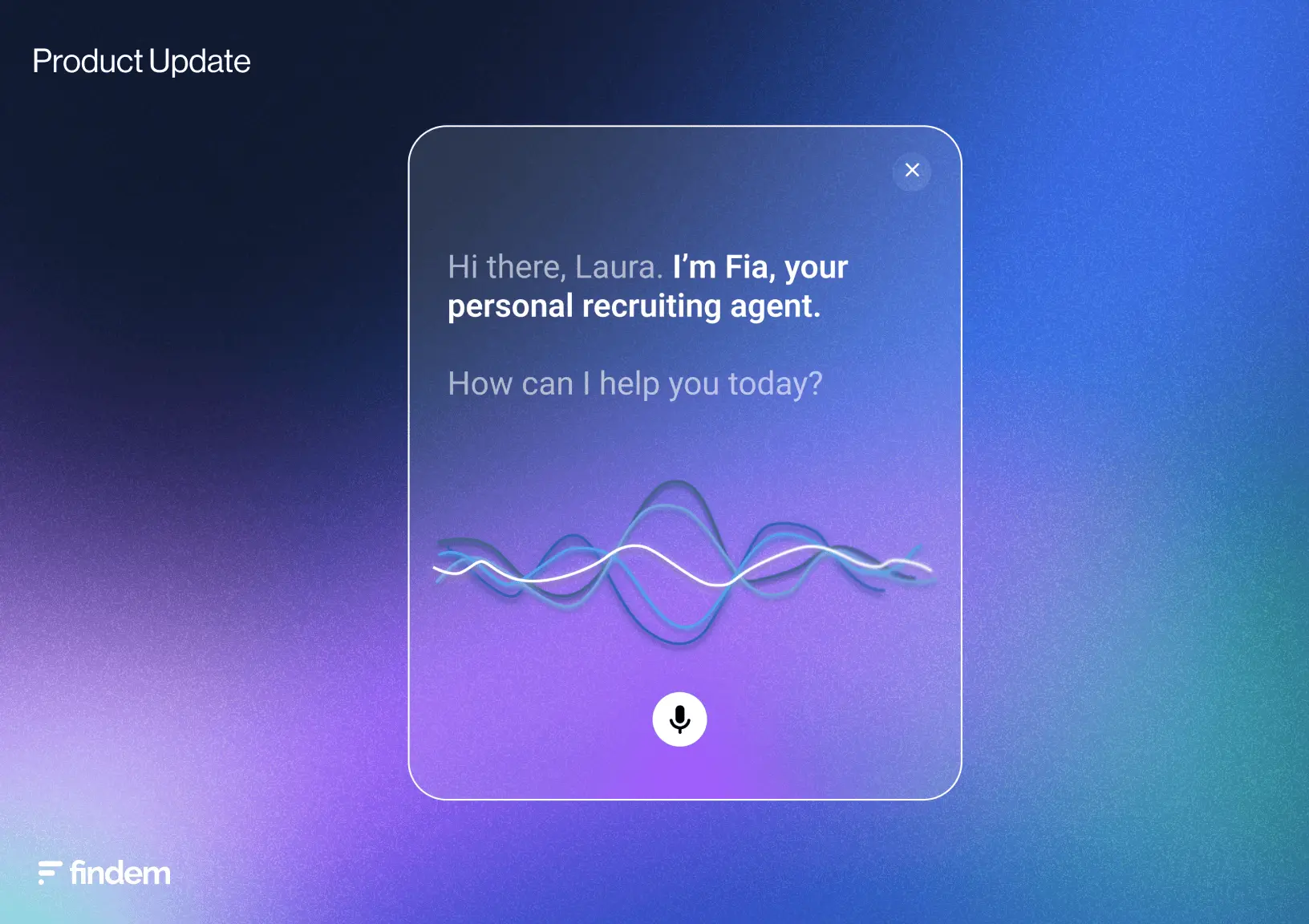.svg)
5 keys to a successful talent acquisition strategy
.svg)
.jpg)
The goal of every organization’s talent acquisition strategy is the same — attract, find, hire, and retain top talent. But the HR profession is experiencing one of the most disruptive periods in its history, and talent leaders are feeling the pressure; 73% of leaders are experiencing burnout due to recruiting and hiring.
Technology advancements are shifting the talent landscape and creating a new, more demanding set of expectations for organizations to meet. Despite these challenges, the core tenets of a successful talent acquisition strategy remain the same.
As leaders look to consolidate their tech stacks and address process inefficiencies, they should take stock of their current approach. The five keys below outline a solid foundation from which to start defining a successful talent acquisition strategy.
1. Build a talent roadmap
You’re taking your family on a road trip. Before you charge the car, pack your trunk, and buckle your seatbelt, you need to plan the path forward. What stops will you be making? Should you fill the spare tire with a little extra air? How long will you have to sit in traffic?
Talent acquisition isn’t exactly like a cross-country adventure, but a roadmap can certainly help on your journey to building an effective workforce. Finding and hiring someone can take months, and their ramp-up time can take an even longer time. Ensuring your plan accounts for these delays ahead of time — or helps you avoid them — can improve your long-term eventual bottom line.
In its simplest form, a talent map is a document that lays out the steps necessary to attract and nurture the right mix of employees for your business.
Building one is all about understanding how talent acquisition currently works at your company — including the strengths and weaknesses of your process — and learning from others inside and outside of your organization.
Once you understand your company’s hiring needs, its culture, and the dynamics of the industry, you can create a plan to tailor your workforce to the real-world needs of your business.
2. Make the business case for your HR and talent initiatives
Most talent leaders see technology as key to improving coordination among internal teams and driving alignment with hiring managers. One of their biggest challenges is missing hires; according to our research, 71% report missing a key candidate hire due to inefficient hiring processes.
As a piece of the larger puzzle, technology that can make processes more efficient is critical to staying ahead of the industry curve. However, leaders also want to build stronger teams, retain top performers, and launch training programs to nurture the career growth of their employees. These initiatives require time, money, and most critically, the buy-in of leadership. To present a business case to key stakeholders, you need to:
- Align with a business objective: Identify a business objective — decreasing overhead, for example — and map your initiative to it.
- Show the impact of your initiative: As they say in math, “Show your work.” Clearly define how your initiative will benefit the business.
- Use metrics to express value: Explain the initiative in tangible terms to key stakeholders by using cost per hire metrics or other clear data points.
- Highlight the ROI potential: Show key stakeholders and business leaders how reducing attrition and employee turnover, for example, can save the company money in the long run.
3. Increase the visibility of your initiatives
The hard work of a talent team goes beyond the “new hire” slides at a quarterly all-hands meeting. While all-hands meetings do present a great opportunity to spread awareness of your team’s work to the entire organization, they’re not the only way you can ensure it is seen, heard, and understood.
People are at the heart of every business, and they’re the perfect ambassadors for a company’s culture. Lean on employees — whether they’re on your team or reporting elsewhere — to act as champions for HR and talent teams. Showcase the work you’ve done by focusing on internal marketing and highlight hiring wins by delivering monthly reports to broader teams.
4. Optimize your recruiting budget
Investment in your technology stack, workforce planning, and pressure to stay within budget can all seem daunting, especially as you’re planning for the year ahead.
Budgeting isn’t just about your organization, though — talent and HR teams are just one finger on the hand that makes up a business. Each requires its own budget, and those budgets must work together to help the company achieve its fiscal goals for the year.
In the end, you want a budget that’s not only optimized, but includes the ideal blend of programs and technology investments to drive ROI for your organization and the business as a whole. This 5-step plan provides practical guidance to make it happen.
5. Create an annual recruitment plan
Like any business, recruiting is a cyclical industry with ebbs and flows throughout the fiscal year. A roadmap, budget, and general marketing plan should align to the major events on your calendar, with flexibility to account for the unexpected events that creep into any organization.
A successful recruitment plan is one that’s planned ahead, that prepares you for competition in peak recruiting periods, and takes account of your hiring timelines. As you’re building yours, think of the four quarters like this:
- Q1: Budgeting and a fresh start
- Q2: College recruitment efforts
- Q3: Business slows down and summer vacations
- Q4: Business picks up before the holidays
Take stock of your talent acquisition strategy
The talent industry is in the midst of upheaval, and 2023 is expected to bring even more changes to the hiring landscape. While you may be feeling pressure to quickly adapt and change your entire approach, taking the time now to assess your talent acquisition strategy could benefit your organization in the long run.
Explore these keys in more detail and start building your organization’s talent acquisition strategy today:
- 5 strategies to building a talent roadmap
- 4 steps to building a business case for your HR and talent initiatives
- How to increase the visibility of your HR and talent initiatives
- 5 steps to optimize your recruiting budget
- How to create an annual recruitment plan
- 5 steps to a more efficient hiring and recruiting process










